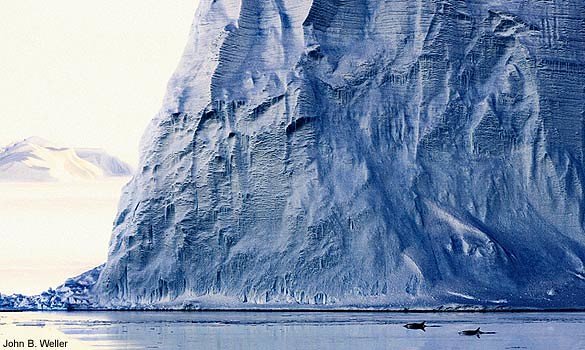Oceanographers have long recognized sunlight, currents, and tides as key drivers of sea life—but new research reveals a humble yet crucial contributor: “marine snow.” These tiny, drifting particles of organic debris serve as hotspots for specialized bacteria that perform nitrogen fixation, converting inert N₂ gas into biologically usable forms and sustaining life in the water column.
Hidden Pockets of Activity
At first glance, open ocean waters may seem uniform. In reality, marine snow aggregates—composed of dead plankton, fecal pellets, and other organic matter—provide microenvironments with low-oxygen centers and abundant nutrients. Dr. Subhendu Chakraborty’s team at Germany’s Leibniz Centre for Tropical Marine Research used mathematical modeling to show that heterotrophic bacteria on these particles can fix nitrogen from polar to tropical latitudes, far beyond previously assumed limits.
Why Nitrogen Fixation Matters
Nitrogen is essential for proteins, nucleic acids, and other biomolecules. Although N₂ gas is plentiful in seawater, most organisms cannot use it directly. Cyanobacteria in sunlit surface layers handle some fixation, but marine snow–associated bacteria extend this critical process into deeper, darker zones. The study estimates these particle-attached microbes contribute roughly 10 percent of global marine nitrogen fixation.
Temperature’s Tipping Point
Chakraborty’s models revealed a bell-shaped response to temperature: fixation rates peak at about 17 °C (63 °F) but decline in colder or warmer waters. In cooler conditions, bacterial respiration slows and fails to deplete internal oxygen—an inhibitor of the nitrogenase enzyme. At higher temperatures, rapid organic breakdown outpaces nutrient uptake, creating energy deficits that halt fixation.
Resilience in a Changing Ocean
As climate change warms surface waters and alters nutrient mixing, deep-ocean organic matter may dwindle. Yet the study suggests marine snow–based fixation may persist, courtesy of anoxic microzones within large particles and extended oxygen minimum zones (OMZs) in regions like the eastern tropical Pacific and Arabian Sea.
Bridging Food-Web Layers
By supplying fixed nitrogen from depth, these particle-associated bacteria link deep and surface ecosystems. Phytoplankton at the surface benefit, fueling fish stocks and higher trophic levels. Recognizing their role may refine biogeochemical models and improve carbon sequestration estimates, as marine snow also transports carbon to the seafloor.
Future Directions
Chakraborty notes the need to explore interactions between these heterotrophic communities and cyanobacteria, and to quantify carbon burial tied to particle-mediated processes. Investigating diverse particle types—especially in OMZs—could illuminate how microbial consortia shape ocean productivity and stability in a warming world.
READ MORE: The Universe’s Missing Black Holes May Finally Have Been Located
